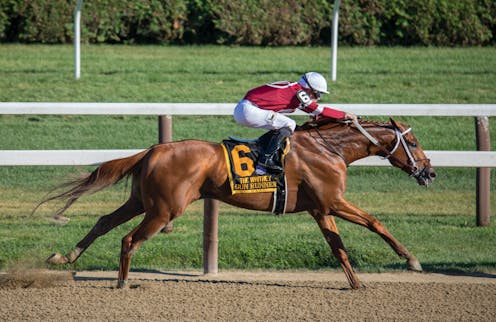Homemade and cosmopolitan, the idiosyncratic writing of Gerald Murnane continues to attract devotees
- Written by Brigid Rooney, Associate Professor (Affiliate), Australian Literature, University of Sydney

Some time ago, I taught Gerald Murnane’s Barley Patch[1] (2009) and then, a little later, The Plains[2] (1982) in two separate undergraduate courses. Each course was concerned, in specific ways, with postmodernism.
Already by then a rather outdated term, “postmodernism” never quite gelled with Murnane’s writing. But what I really wanted was for my students to read these unusual books in which “very little happens”.
Review: Murnane – Emmett Stinson (Miegunyah Press)

















